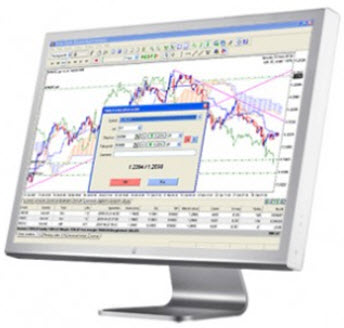In the context of finance markets, a trading system is a method of trading where technical analysis is used to define buy signals and sell signals. Technical analysis relay on historical data to predict future outcomes.
Technical analysis is not a science and successfully employing technical analysis to make long-term profits will typically require both experience and a deep understanding of the strengths and weaknesses of various technical analysis approaches and trading systems.
Technical analysis is used for a wide range of financial instruments, but a trading system designed for certain instruments may not work as well for others, and vice versa.
 Trading System recommendations
Trading System recommendations
- Be critical when you assess the strengths and weaknesses of a trading system.
- If someone claims that a certain trading system will ensure 100% risk-free investments, be super suspicious.
- Have clearly defined goals with your trading before you seek out a trading system.
- Make sure that your trading system can be implemented in the broker platform you want to use for your trading.
- Put energy into defining your trading plan.
- Test your trading system using play money to see how it works.
- Learn about entry and exit points.
- Learn about risk-reward ratios.
- Assess your own adversity to risk. Subconscious ideas can wreck havoc with our utilization of a trading system.
- A common fallacy: When I make a profit it is because the trading system is great and I am an excellent trader. When I make a loss, it is because markets are crazy right now and no one could have predicted that outcome.
- Carefully track your losses and gains. You want to be profitable long-term, regardless of temporary up and down swings. Not tracking your outcome can make you jump to the wrong conclusions in either direction.
- Practice your patients. Sometimes sitting on your hands is actually the best course of action, no matter how frustrating.
- Before you try a new technique, make a habit of explaining it to someone who doesn’t know much about it. Can you explain it in a way that makes sense? Or does it sound like a hotchpotch of sunshine, farts, unicorn horns and wishful thinking when you actually have to step out of the technical analysis echo-chamber and explain the method to a civilian?
This article was last updated on: May 16, 2018
